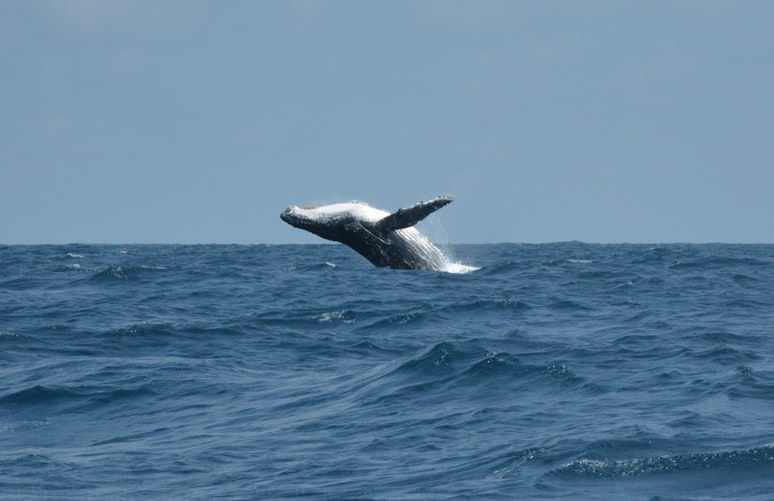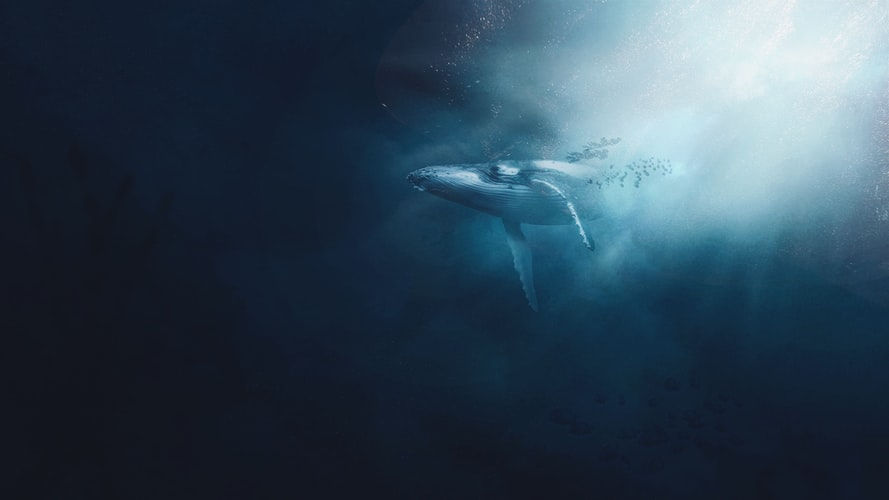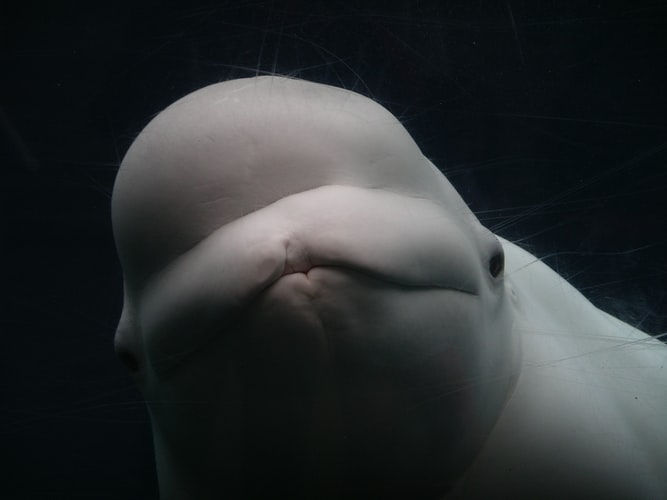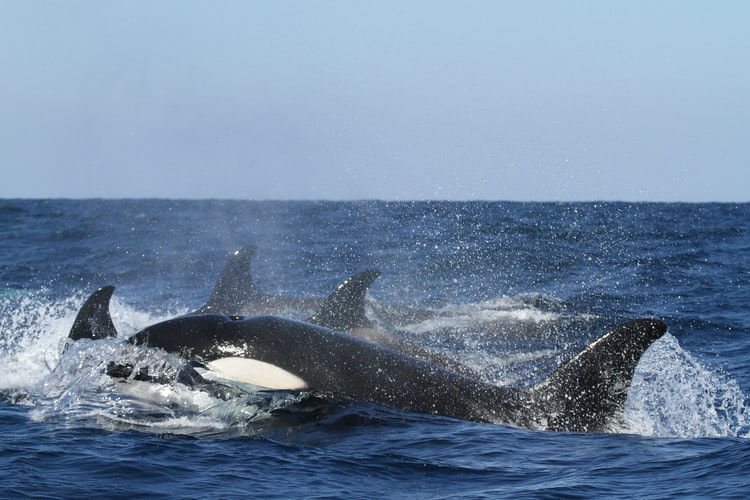
There are more than 80 species of sea giants in the world. The word "whale" is translated from Greek as "sea monster". Ancient people endowed these mammals with magical powers. According to the legends of ancient peoples, the flat earth rests on three whales. These animals have always excited the imagination and aroused great interest. Therefore, thousands of travelers go on a tour to see whales every year. The following types of cetaceans are found off the coast of our country: fin whale, sei whale, narwhal, beluga whale, killer whale, sperm whale, Japanese, Greenlandic, humpback, blue and gray.
Marine mammals evolved from artiodactyls. They are warm-blooded. Their body temperature is in the range of 35-40 degrees Celsius. The largest of all species is considered to be the blue whale, which has a body length of up to 33 m and a weight of up to 150 tons. One individual weighs about 900 elephants. The smallest dwarf species has a weight of 3.5 tons and a length of up to 6 m. They swim at a speed of up to 40 km / h. Sea whale excursions are always very spectacular. Giants, quickly floating up at the side of the boat, always cause a storm of emotions.

Marine mammals evolved from artiodactyls. They are warm-blooded. Their body temperature is in the range of 35-40 degrees Celsius. The largest of all species is considered to be the blue whale, which has a body length of up to 33 m and a weight of up to 150 tons. One individual weighs about 900 elephants. The smallest dwarf species has a weight of 3.5 tons and a length of up to 6 m. They swim at a speed of up to 40 km / h. Sea whale excursions are always very spectacular. Giants, quickly floating up at the side of the boat, always cause a storm of emotions.

These mammals breathe with the help of their lungs. They can submerge in water for 20-40 minutes, and the sperm whale is able to spend at a depth of up to one and a half hours. When the animal floats up, the air it exhales condenses and forms a powerful fountain, the rumble from which is heard for one and a half kilometers. Travelers going on an excursion to the whales often determine their location from a distance by the characteristic emissions of water. The height of such a pillar can be up to 6 meters.
Marine mammals live for 30-50 years, some species live up to 100 years, and Greenland ones - up to 200. They keep in herds, communicate with the help of echolocation, and often migrate. Therefore, having found where to see whales, you can see several individuals at once. They feed on plankton, fish, and killer whales hunt seals and walruses. They can eat several tons of food per day, which is approximately equal to 8 million calories. They can go without sleep for 100 days and without food for up to 10 months. The giant's heart beats at a frequency of 9 beats per minute and pumps 8000 liters of blood through vessels up to 30 cm in diameter. During sleep, only half of the giant's brain is resting, and the other is awake.

Marine mammals live for 30-50 years, some species live up to 100 years, and Greenland ones - up to 200. They keep in herds, communicate with the help of echolocation, and often migrate. Therefore, having found where to see whales, you can see several individuals at once. They feed on plankton, fish, and killer whales hunt seals and walruses. They can eat several tons of food per day, which is approximately equal to 8 million calories. They can go without sleep for 100 days and without food for up to 10 months. The giant's heart beats at a frequency of 9 beats per minute and pumps 8000 liters of blood through vessels up to 30 cm in diameter. During sleep, only half of the giant's brain is resting, and the other is awake.

Giants have no ears, the organ of hearing is the lower jaw. The giants have poor eyesight, there is no sense of smell and sense of taste. Each individual has an individual tail, the same is not found. Animals have a thick layer of fat, and the diameter of their blood vessels reaches several tens of centimeters, all this allows them to swim in cold waters. They do not drink salty moisture, but extract liquid from food. Milk of giants is similar in consistency to toothpaste and has a fat content of 50%.
The order of cetaceans has two suborders: mustachioed and toothed. The most common types of sea giants in the world:

The most common species of cetaceans found in the coastal waters of our country are beluga whale, killer whale, Japanese, blue, gray, humpback. The maximum variety of sea giants and the likelihood of seeing whales in Russia are near the Shantar Islands.
Animals are distinguished by a complex social organization, they form stable families and groups. They have strong family attachments and care for children, old and sick members of the community. They are aware of feelings such as resentment and vindictiveness. They are able to remember a whaling vessel that is fishing, and at the next meeting, attack and sink it.
Whale watching spots are located in different parts of the world. Huge mammals live in different oceans. It is easier for Russians to admire the giants in their native country.
 Killer whales
Killer whales
The order of cetaceans has two suborders: mustachioed and toothed. The most common types of sea giants in the world:
- Blue, whale watching is especially interesting.
- Humpbacked, interesting for a kind of "singing".
- Dwarf, one of the most cautious and little studied.
- The beluga whale living in the Arctic is easy to train.
- A sperm whale capable of diving to a depth of 2000 m.
- Killer whales, predatory and highly intelligent.

Belukha
Animals are distinguished by a complex social organization, they form stable families and groups. They have strong family attachments and care for children, old and sick members of the community. They are aware of feelings such as resentment and vindictiveness. They are able to remember a whaling vessel that is fishing, and at the next meeting, attack and sink it.
Whale watching spots are located in different parts of the world. Huge mammals live in different oceans. It is easier for Russians to admire the giants in their native country.
 Killer whales
Killer whalesWhen and where to see whales live? Depending on the season, marine mammals can migrate to the southern or northern regions. They swim off the coast of Portugal from May to September, in Norway - all year round, in Spain - in late summer, in Sri Lanka - in winter, in Iceland - from April to September, in Russian waters - from spring to autumn.
How and where can you see a whale in the wild? To meet the giants, you should go to the Shantar Islands, Sakhalin or Wrangel Island for a boat trip on a yacht or boat, accompanied by an experienced guide who knows the habitats of cetaceans. In some regions, marine mammals swim very close to the shore and can be seen from land.


